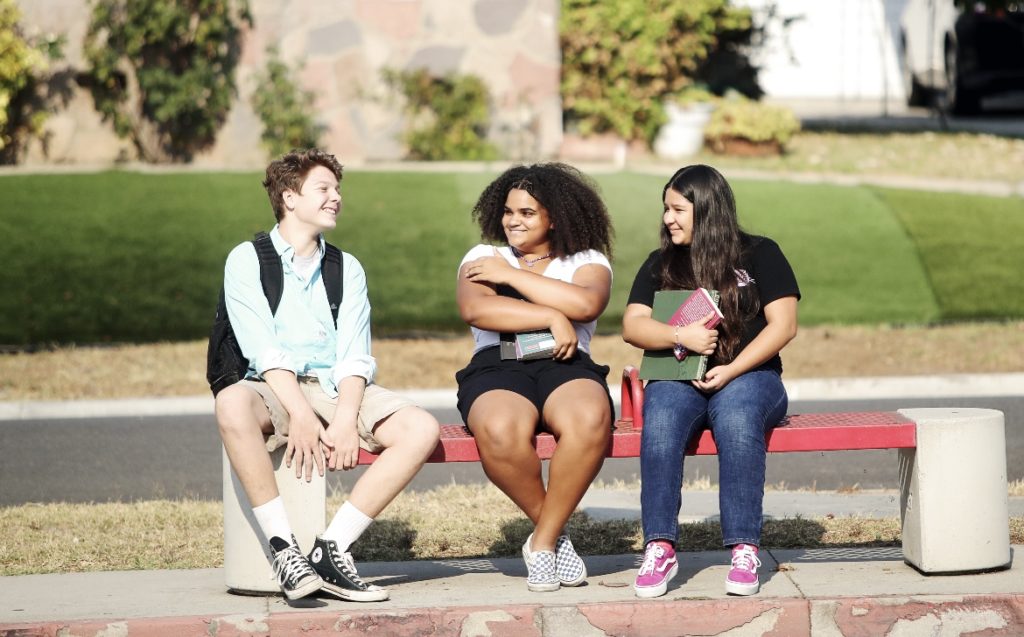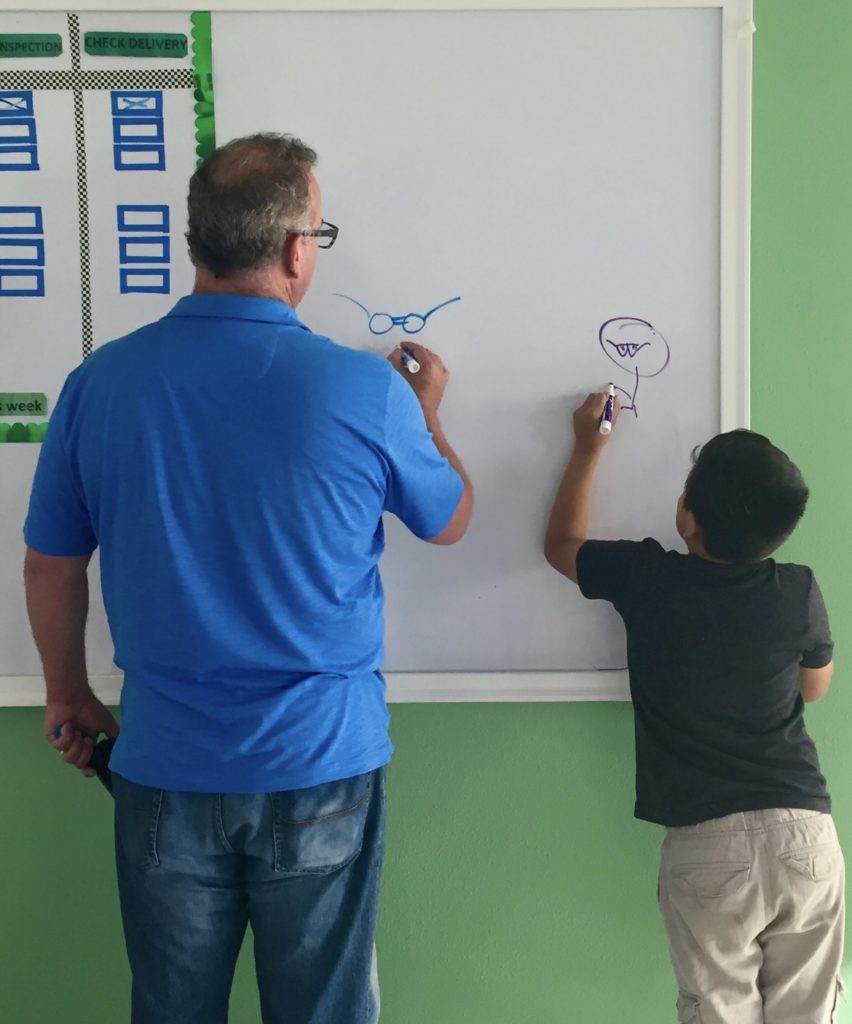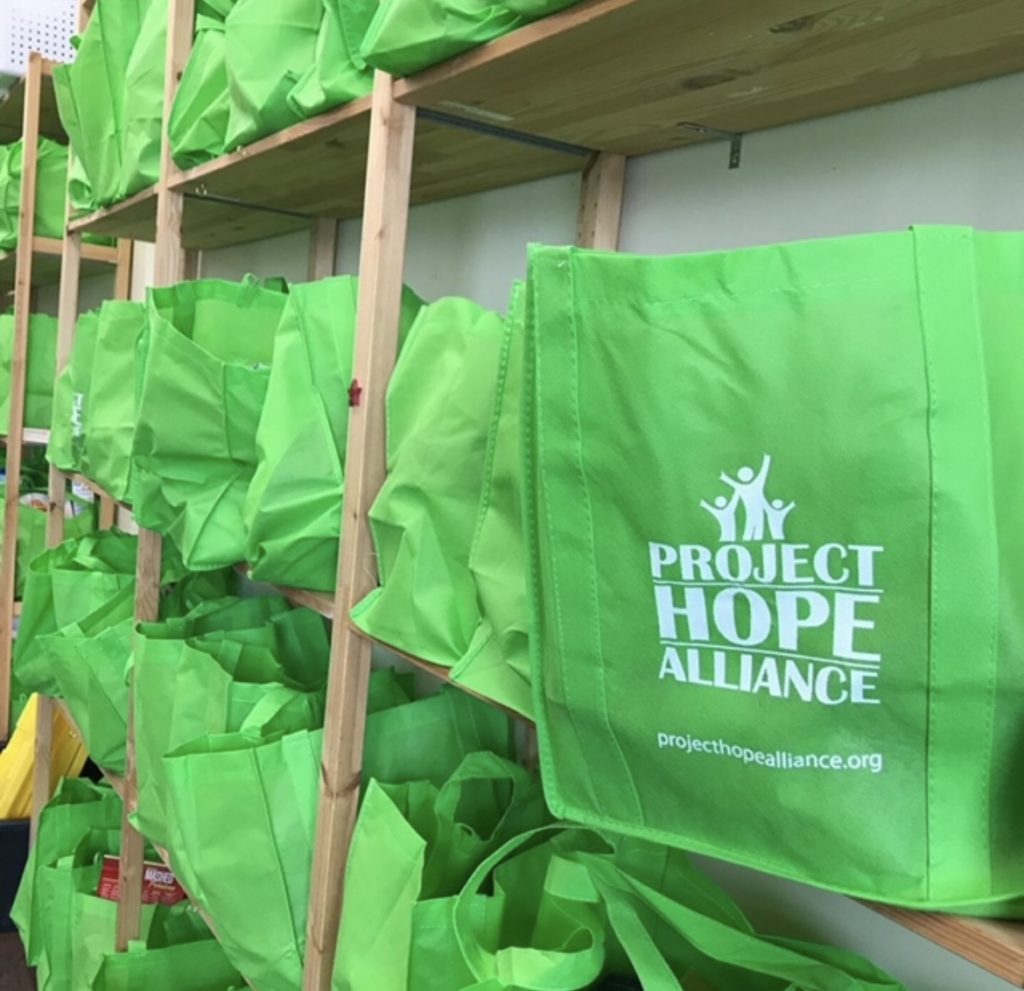Project Hope Alliance deploys a long-term, on-site intervention model for children, youth and their families experiencing homelessness, who face obstacles that prevent them from accessing resources, being a kid, and achieving educational and life goals. For children experiencing homelessness, Project Hope Alliance solves the unique issues that prevent them from achieving their full potential.
Mission: Ending the cycle of homelessness, one child at a time.
In 1989, Project Hope Alliance grew out of a schoolteacher’s passion for assisting local homeless children with their education – with her car serving as the first classroom. This personal outreach program soon became an organized undertaking called Project HOPE, which stood for “Homeless Outreach Program in Education.”
Project Hope Alliance is committed to providing homeless children and youth from kindergarten through age 24 with the tools and opportunities that they need to learn their way to a better tomorrow. In this work, they have spent the last 28 years developing a unique model of care, which includes effective education and housing stability program models that serve the needs of children experiencing homelessness in Orange County.
We asked Project Hope Alliance a few questions about their philosophies and strategies:
Share an innovative approach you have used to prevent and solve family homelessness:
One way that Project Hope Alliance is innovative is by choosing not to work from the “outside-in.” Instead, PHA operates within an existing system structure (school campuses) to help identify homeless youth and their families, which enables PHA to be a positive influence in the lives of families and youth by offering supportive services directly where the homeless children are often identified – at school sites. PHA works with 32 school campuses, taking a top-down approach to disrupting the cycles of homelessness in students’ lives.




